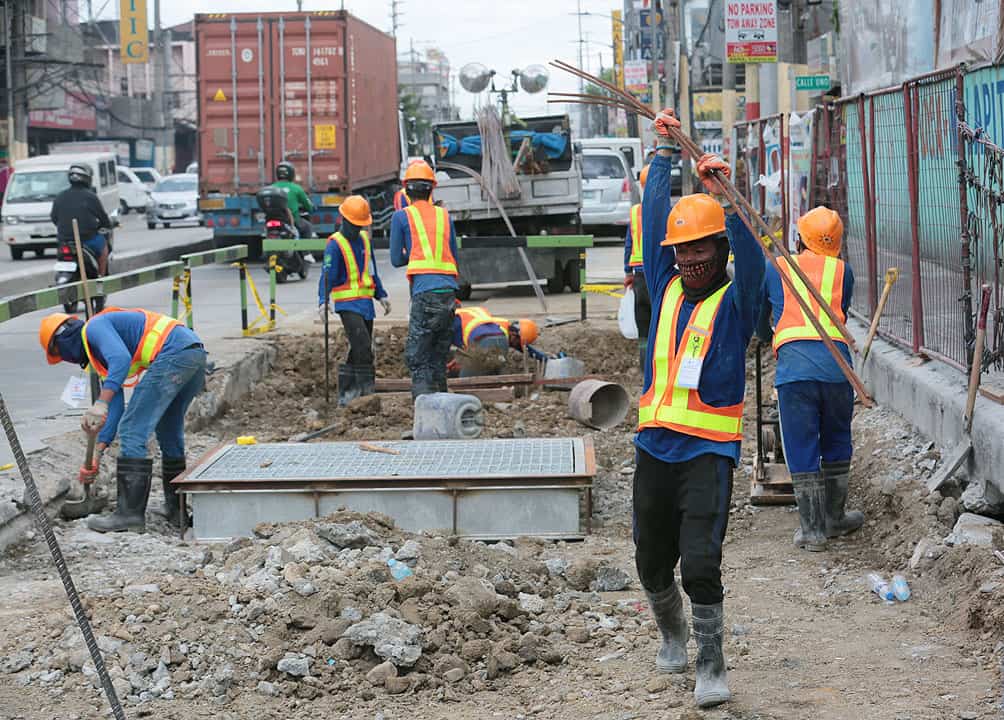
CONSTRUCTION FIRMS must consider using modern technologies and digital systems if they want to lessen carbon emissions and become more productive, according to a Finnish-based startup that develops artificial intelligence (AI) technologies.
“Making more use of modern technologies would make the construction industry more profitable and have better productivity, which would also decrease the carbon dioxide emissions of the industry,” Aku Wilenius, chief executive officer and co-founder of Caidio, told BusinessWorld through a public relations firm last week.
For him, the use of automated, digital quality control systems can lessen concrete waste. He added that there was a need to adopt digital working methods, tools and technologies to overcome the sector’s “relatively low profitability and productivity.”
“Today, most of the tasks in construction are implemented very traditionally by using manual working methods,” Mr. Wilenius said.
Caidio develops AI solutions which optimize the quality and productivity of global concrete construction. The startup was also featured in the Asian Development Bank’s Ventures’ “Climactic,” a series dedicated to improving Asia’s climate-resilience.
A recent report from the United Nations Environment Programme showed that global material use will surge more than two-fold by 2060, with the construction sector comprising a third of this increase. It also noted that the production of concrete is expected to contribute to 12% of global greenhouse gas emissions in 2060.
One of the raw materials used in making concrete is cement, which Mr. Wilenius described as a significant contributor to carbon dioxide emissions because of how it is made.
“Producing cement involves heating limestone, sand, and clay at very high temperatures, which is a very energy-intensive process creating a lot of carbon dioxide. The more cement one uses in producing concrete, the more carbon dioxide the concrete contributes to our atmosphere, driving climate change,” he said.
Sought for comment on what is being done to reduce carbon emissions in concrete production, the Caidio executive said that firms around the world are actively studying the use of cement alternatives such as fly-ash, a fine powder derived from the burning of coal.
Other startups are looking at using “Carbon Cure,” a developing technology which injects and locks carbon into concrete, he added.
In its July 2021 outlook, the consultancy Market Research Southeast Asia firm estimated that the Philippines’ construction industry will spearhead economic recovery this year with a growth rate of 8.3% driven by infrastructure investments amounting to $24.4 billion.
Article and Photo originally posted by Business World last September 21, 2021 12:05am and written by Angelica Y. Yang.







More Stories
Vista Land Celebrates 50 Years with Sandiwa: An Event Honoring Leadership, Legacy, and the Filipino Dream of Homeownership
Vista Land Celebrates Love Month in Ilocos Region
Vista Land Bridges Cebuano Heritage and Progress with Valencia by Vista Estates